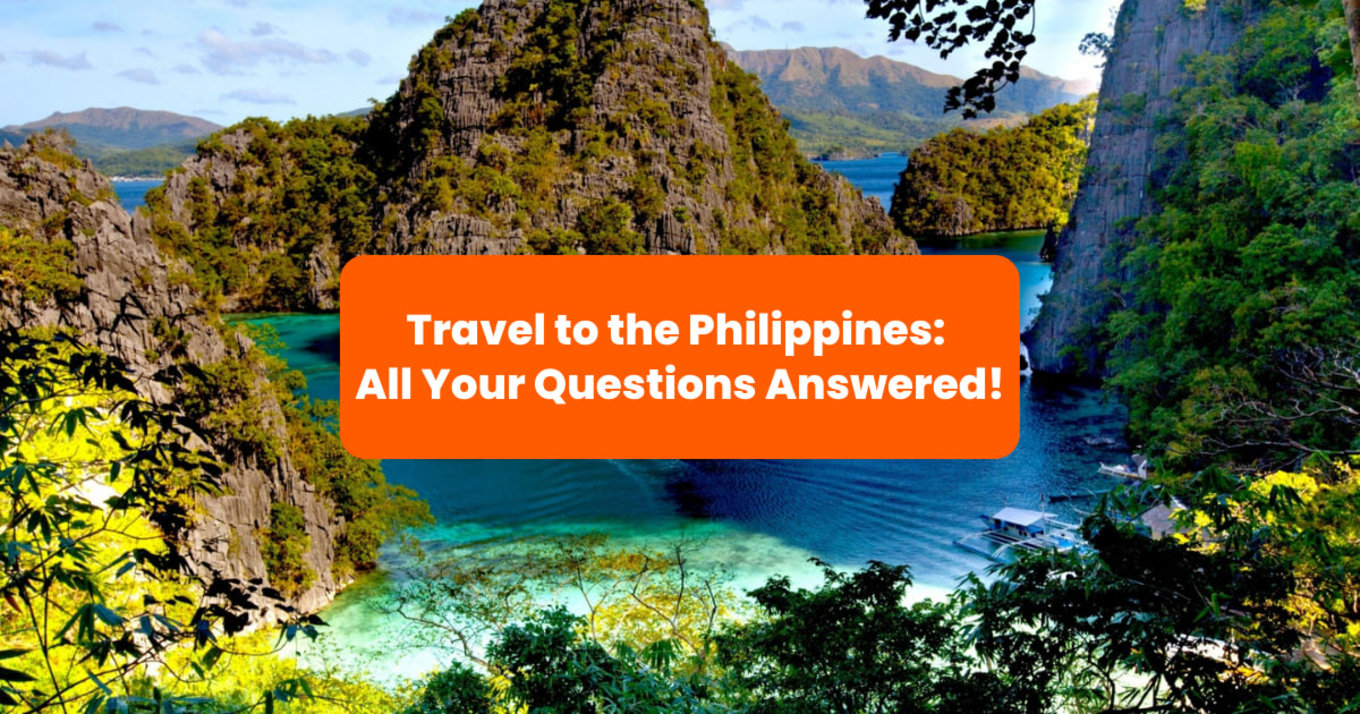Learn the latest Philippine travel requirements through this guide!
IMPORTANT NOTE: Be a responsible traveler! All information on this post is accurate from the time of writing. Rules, regulations, and guidelines are updated frequently and may change without Klook’s prior notice. For your safety, check with the respective destination directly before your travels.
The Philippines travel ban is finally over! Starting Feb 10, fully vaccinated international tourists are welcome to enjoy the country’s sunny destinations once again. Beach lovers from all over the world are surely jumping with excitement after almost two years of the country’s strict border lockdown. The best part? There's not even a quarantine period required anymore!
But you’re probably wondering, what are the latest Philippine travel requirements? And what should you expect while traveling in the post-pandemic 'Pinas? Read on below to get the answers to all your burning travel questions:
Who can visit the Philippines?
Foreign tourists, including returning Filipino nationals, are allowed to enter the Philippines for a maximum of 30 days as long as they are fully vaccinated. Starting 1 April, unvaccinated or not fully vaccinated tourists will be allowed to enter as long as they present a negative RT PCR or antigen lab test.
Meanwhile, children and spouses of returning Filipino nationals can visit and stay for more than 30 days. They must fly with at least one returning Filipino (national or former citizen) and present proof of filiation (a birth certificate for children and a marriage contract for spouses).
What are the Philippines’ travel requirements?
Here’s the complete list of requirements for travel to the Philippines:
- A passport valid for at least 6 months at the time of arrival
- A COVID-19 vaccine certificate issued by either the World Health Organization, VaxCertPH, or countries under a reciprocal agreement with the Philippines
- Valid visa for visa-required countries (check the official list to see if your country is exempted)
- Return ticket to country of origin or an outbound ticket to another country (note that foreign tourists can only stay for a maximum of 30 days in the Philippines)
- Starting May 30, foreign tourists that have received two doses of a COVID-19 vaccine and at least one COVID-19 booster shot are not required to present a negative RT-PCR or antigen test. This also applies to foreign youth aged 12-17, as well as foreign children aged below 12 years old that are accompanied by their fully vaccinated and boostered parent or guardian.
While travel insurance with COVID-19 coverage isn’t required, it is still highly recommended.
How do I register for One Health Pass?
Since the pandemic, the One Health Pass has been a key requirement for travel to the Philippines. This online platform provides international visitors with an electronic Health Declaration Card that allows them to enter the airport with ease. Get one in 4 steps:
Step 1: Register at onehealthpass.com.ph
Step 2: Input your arrival date, port of entry, and classification (in your case, tick ‘foreign national’)
Step 3: Fill in all the necessary information in the Health Declaration Registration Platform
Step 4: Save your QR code and present it upon entry
Klook tip: Make sure to register for the One Health Pass as soon as you get your RT-PCR test result. You won’t be able to pass Immigration without it!
What are the Philippines' travel restrictions?
People in public and private places are still required to wear face masks and to observe social distancing. The strictness of COVID-19 guidelines highly depend on the area’s alert level status, which changes every 15 days. As of this writing, 39 regions including the National Capital Region are under Alert Level 1, which means:
- Ease of restrictions in indoor and outdoor areas (no more face shields and health declaration required!)
- Private and public workplaces may operate at full 100% capacity
- Government agencies and offices will operate at full 100% capacity
- S-PaSS for interzonal travel will not be required
If you’re planning to travel to other places in the Philippines, like Boracay, Cebu, Bohol, or Palawan, you can do so as long as they are still under Alert Level 1.
There are plenty of other things you can do while travel restrictions are eased! Learn more about the amended guidelines via the Philippine News Agency.
Now that you’ve done your research, it’s high time for some itinerary planning. Here are some travel inspo you can check out before booking your flight:
Best places to visit in the Philippines
Best things to do in the Philippines
Best places to stay in the Philippines
Enjoy the wonders of the Philippines with Klook, Asia’s leading travel app! Book your activities with us and experience a fun and hassle-free holiday.




















